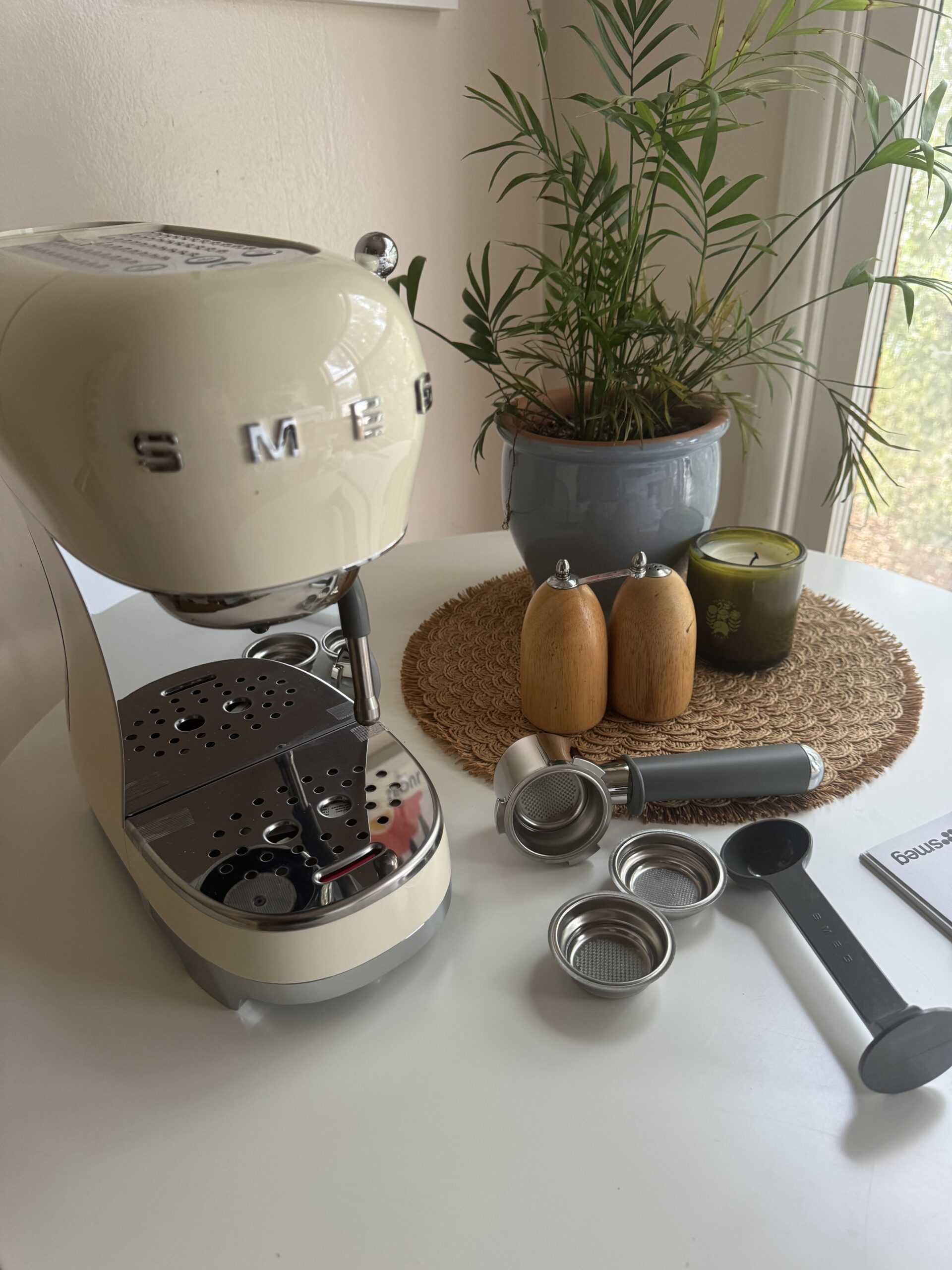
How To Eat Locally In The Winter
The first time I ate a wild raspberry growing up, it blew my mind. Sweet and juicy, it tasted nothing like the giant, tart things at the supermarket that you can snag all year round. Sure, we have access to raspberries, strawberries, bananas, and other such fruits all year, but sometimes they come from halfway around the world, bred for shelf life, not necessarily taste.
It wasn’t always like this. The first supermarket opened in 1930. “Until then, where was all the food?” asks Joel Salatin in his 2012 book, “Folks, This Ain’t Normal.” “Dear folks, the food was in homes, gardens, local fields, and forests. It was near kitchens, near tables, near bedsides. It was in the pantry, the cellar, the backyard.”
“You can often buy tons of locally grown foods even in the winter, as long as you know where to look.”
Less than a hundred years later, most Americans rely on supermarkets for all their grocery shopping needs — and these stores have stockpiles of produce that’s fresh(ish), cheap(ish), and usually shipped in from thousands of miles away.
Eating locally grown foods helps keep money in your local economy, gives you more nutritious meals, and reduces the energy it takes to grow and ship produce long distances — and it’s not just for the summer months. Whether you live in Florida or northern Michigan, you can often buy tons of locally grown foods even in the winter, as long as you know where to look.
The benefits of eating locally
Eating locally is one of the most productive ways we can support food sovereignty, which essentially means localizing and democratizing control of food systems. “If we want to make our food supply less vulnerable to global shocks, we need to develop strong regional food systems,” Leticia Ama Deawuo, executive director of SeedChange, previously told The Good Trade. Buying local helps support farmers during the season they need it the most.
Eating local also helps you live more sustainably in general, helping to avoid the emissions it takes to ship food around the world. And this reduced shipping means reduced packaging and refrigeration needs, too.
Locally grown food tends to store more nutrients. The longer a fruit or veggie goes between being picked and being eaten, the longer its antioxidants and vitamins have to degrade.
“Eating seasonally helps me live more mindfully, feeling grateful for the season that I’m in rather than trying to rush to the next one.”
Eating seasonally helps me live more mindfully, feeling grateful for the season that I’m in rather than trying to rush to the next one. I relish winter’s hearty stews with potatoes and meat the same way I cherish a juicy peach in August.
And eating food grown nearby helps us connect more deeply to the place where we live. Remembering what’s in season when a new month begins feels like remembering a friend’s favorite color. It’s looking at the land around you and understanding.
Read on for a few of our tips on how to eat locally even in the winter.
Tips for eating locally in the winter
1. Learn what grows in your region in the winter
“Hearty veggies like carrots, parsnips, cabbage, and kale often just need a bit of help from a greenhouse to keep growing in the winter.”
Resources like seasonalfoodguide.org will show you exactly what you can and can’t get locally in the winter where you live. Just select your state and month, and the site tells you what grows at that time. The U.S. Department of Agriculture has a great guide, too, highlighting commonly grown winter foods — hearty veggies like carrots, parsnips, cabbage, and kale often just need a bit of help from a greenhouse to keep growing in the winter. Note that citrus is a great seasonal option, especially if you live in or near the American southeast.
2. Look for winter farmers’ markets
Farmers’ markets don’t only run in the summertime. A quick Google search should help you identify a winter market or two in your area, where local farmers sell storage veggies and produce that grows in the winter, like greens and root vegetables. You’ll also likely find non-produce foods, too, like homemade breads, canned goods, eggs, and dairy products, which are great to take advantage of in the winter.
3. Join a winter CSA
“A CSA will save you from having to remember what’s in season or get picky at the farmers’ market each week.”
Community Supported Agriculture (CSAs), an increasingly popular way to purchase local produce,helps both farmers and individuals. Here’s how it works: at the beginning of the season, you purchase a share from a farm near you (although some farmers accept payment monthly or weekly). Then farmers use those funds throughout the growing season, giving you a big box of whatever’s freshest for a relatively low price. Many farms still do CSAs in the winter, and it’ll save you from having to remember what’s in season or get picky at the farmers’ market each week. Find a CSA near you here.
4. Preserve summertime produce
“Chop up fresh summertime produce and throw it in the freezer.
This one requires a little forethought, but has a big payoff. Preserve your produce at home — we have a guide to food preservation here. If you have the time and resources, consider canning fruits and veggies to keep them shelf-stable for a year or more. Or, just chop up fresh summertime produce and throw it in the freezer to add to soups and stir-fries in the colder months. Until relatively recently, when supermarkets, refrigerators, and a global economy revolutionized the way we eat, preservation was how humans ate for thousands of years.
5. Look for non-produce food retailers around you
While we love to follow Michael Pollen’s famous food advice (“Eat food. Not too much. Mostly Plants.”), winter provides a great opportunity to try out your local food producers who make other, non-plant foods. Look for dairy farms and locally raised eggs. Check out a butcher or two near you, and ask what was raised nearby. And do some more research into retailers that make what you like to eat — you might find locally milled flour, a bakery with incredible bread, or a pasta maker near you.
“Winter provides a great opportunity to try out your local food producers who make other, non-plant foods.”
Above all, don’t aim for perfection. Even author Barbara Kingsolver, who fed her family on almost exclusively locally grown food for a year, had to make a few exceptions here and there. Any step toward replacing a meal grown across the world with one grown nearby is a step toward a world with great food sovereignty. And maybe you’ll find a new favorite veggie while you’re at it.
Natalie Gale is a Boston-based freelance journalist. When she’s not writing about art, food, or sustainability, you can find her biking to the farmers’ market, baking, sewing, or planning her next Halloween costume. Say hi on Instagram!




